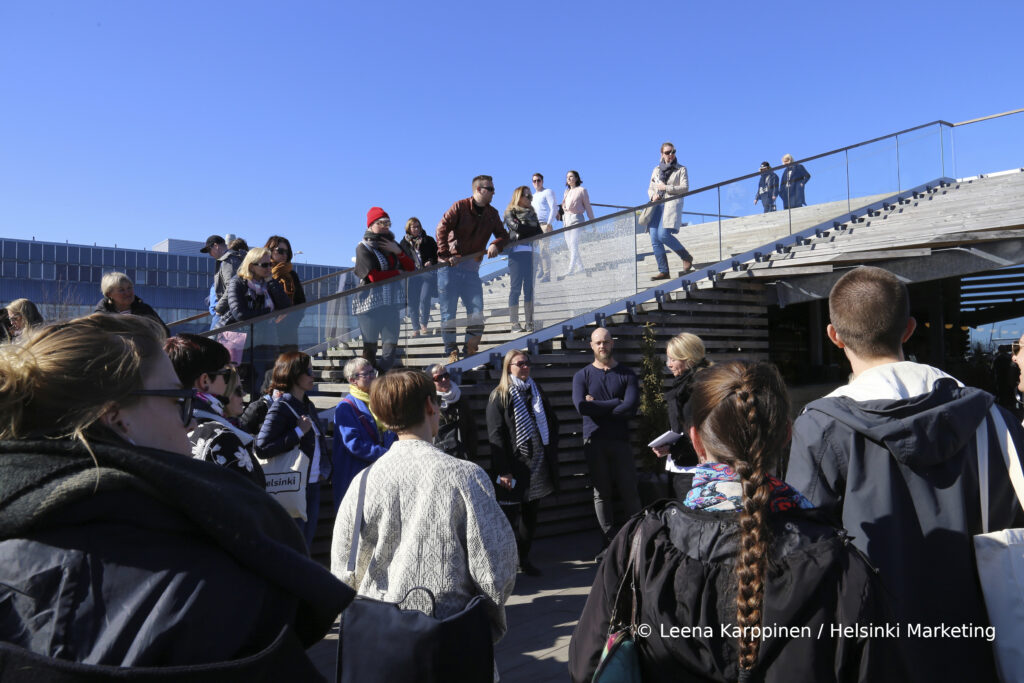In scientific literature, there is no universally accepted definition for living lab term and plenty of other rivalling terms describing similar concepts have emerged, such as testbed, citizen science and community-based participatory research.
The European Network of Living Labs (ENoLL) reveals key constructs that characterise Living Labs and offers insights which help in providing a definition of Living Labs as innovation platforms. They define Living Labs as “user-centered, open innovation ecosystems based on systematic user co-creation approach, integrating research and innovation processes in real life communities and settings. Living Labs are both practice-driven organisations that facilitate and foster open, collaborative innovation, as well as real-life environments or arenas where both open innovation and user innovation processes can be studied and are subject to experiments and where new solutions are developed. They operate as intermediaries among citizens, research organisations, companies, cities and regions for joint value co-creation, rapid prototyping or validation to scale up innovation and businesses”. Living Labs have common elements but multiple different implementations.
Smart City Living Lab in IoT-NGIN
Forum Virium Helsinki’s (FVH) approach for the Living Lab – such as Human-Centred Twin Smart Cities Living Lab – enables joint value co-creation, rapid prototyping and validation of the selected IoT-NGIN technologies from an end user’s perspective by means of the proposed use cases such as 1) Traffic Flow Prediction & Parking Prediction, 2) Crowd management and 3) Co-commuting solutions based on social networks. The use cases are hosted at the Jätkäsari Mobility Living Lab in Helsinki together with FinEst twins and developed further towards Mobility-as-a-Service (MaaS).
The outcomes will expand use case opportunities in other smart cities with the upper goal to maximize the business value and prospects. FVH supports Open Data and Open Source principles and has no business need to collect Intellectual Property Rights IPR. As such, the IoT-NGIN results will benefit the innovation ecosystem at large.
The Jätkäsaari districts in Helsinki as traffic and mobility test environment
The city of Helsinki is known as a testbed in intelligent transport in terms of open data and interfaces, new services and automation. New services and technologies are developed and piloted in collaboration with the city, companies, research and citizens. Jätkäsaaridistrictsand the West Harbour area serve as a key area and living lab where traffic and mobility experimental activities are promoted. Jätkäsaari is associated with the traffic challenges of the urban environment and the busy passenger port of the West Harbour, which has ferry connections to both Tallinn and Saint Petersburg.
FVH trial benefits on the overlapping projects at Jätkäsaari like Smart Junction project which pilot new open data and traffic modeling for researchers and developers. The set up includes traffic radars producing open data for researchers and developers.
Jätkäsaari Smart Junction is one of the essential intelligent transport system (ITS) projects underway in the Jätkäsaari district of Helsinki. The project is both developing new simulation models as well as generating open data to fuel further innovation activities. Two radar installations in the urban environment are done with APIs available to access the data. The API implemented by Conveqs is providing Aalto University researchers with lane specific traffic flow data such as vehicle counts and speeds. Besides the researchers, the data is available for interested third party developers as well. In the project, Aalto University is developing modeling of the traffic flows and traffic light optimization in the area.
The first radar is installed near the Clarion hotel and produces data for the road section of Jätkäsaarenlaituri to the North. Second radar is installed and more radars are already on the way with further installations this year to cover the important junctions towards the Länsiväylä motorway.
in addition to radars the trial will utilize geography, street-level, public transportation, weather, noise and camera data, along with historical data from various sources together with the general knowledge about the site and traffic flow properties to model and train distributed AI/ML models at the edge on crowd management, traffic- and parking prediction in order to create picture of the traffic . This picture (called real-time digital twin), is supposed to reflect the traffic flows in high spatial and temporal accuracy and with very low latency.
https://forumvirium.fi/en/ https://testbed.helsinki/en/ http://www.finesttwins.eu/ https://mobilitylab.hel.fi/ -Human-Centred Twin Smart Cities Living Lab. https://enoll.org/publications/ -Living Labs: From Niche to Mainstream Innovation Management MDPI https://doi.org/10.3390/su13020791

